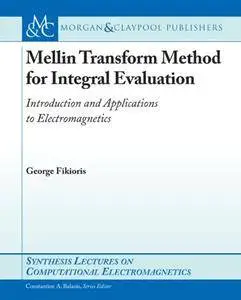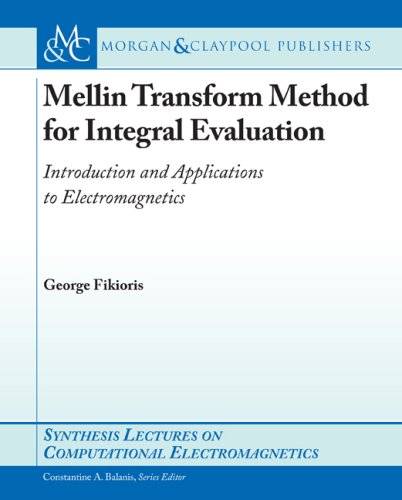George Fikioris, "Mellin Transform Method for Integral Evaluation: Introduction and Applications to Electromagnetics"
English | 2007 | ISBN: 159829184X | PDF | pages: 78 | 0.6 mb
English | 2007 | ISBN: 159829184X | PDF | pages: 78 | 0.6 mb
ntegrals, and illustrates the application if this method to electromagnetics problems. Once the basics have been mastered, one quickly realizes that the method is extremely powerful, often yielding closed-form expressions very difficult to come up with other methods or to deduce from the usual tables of integrals. Yet, as opposed to other methods, the present method is very straightforward to apply; it usually requires laborious calculations, but little ingenuity. Two functions, the generalized hypergeometric function and the Meijer G-function, are very much related to the Mellin-transform method and arise frequently when the method is applied. Because these functions can be automatically handled by modern numerical routines, they are now much more useful than they were in the past. The Mellin-transform method and the two aforementioned functions are discussed first. Then the method is applied in three examples to obtain results, which, at least in the antenna/electromagnetics literature, are believed to be new. In the first example, a closed-form expression, as a generalized hypergeometric function, is obtained for the power radiated by a constant-current circular-loop antenna. The second example concerns the admittance of a 2-D slot antenna. In both these examples, the exact closed-form expressions are applied to improve upon existing formulas in standard antenna textbooks. In the third example, a very simple expression for an integral arising in recent, unpublished studies of unbounded, biaxially anisotropic media is derived. Additional examples are also briefly discussed.



